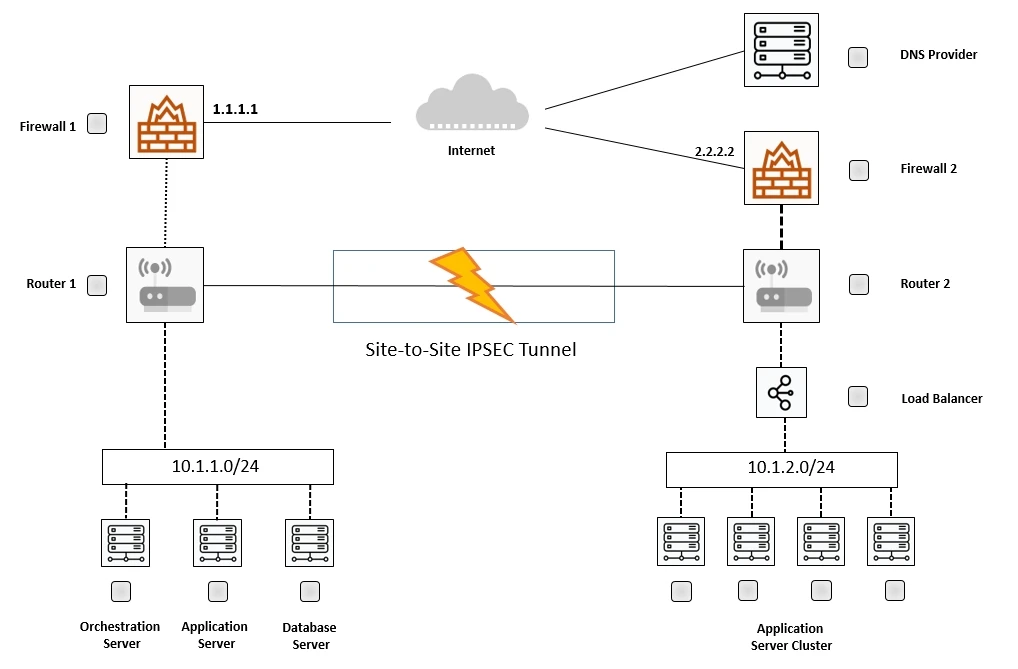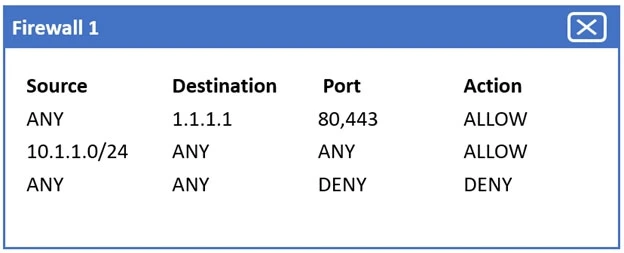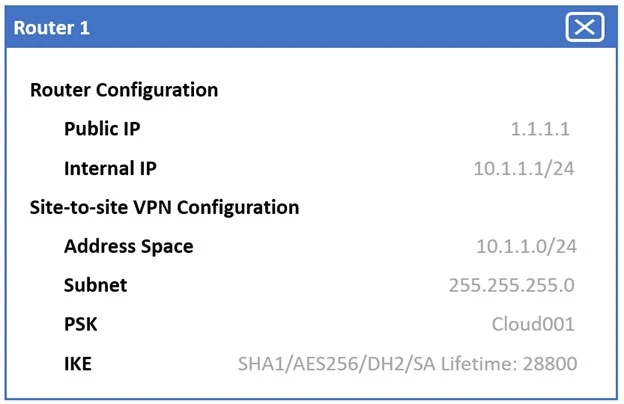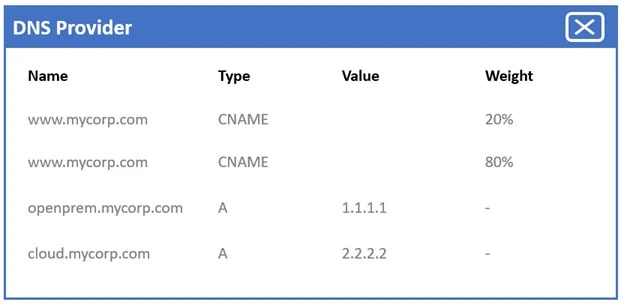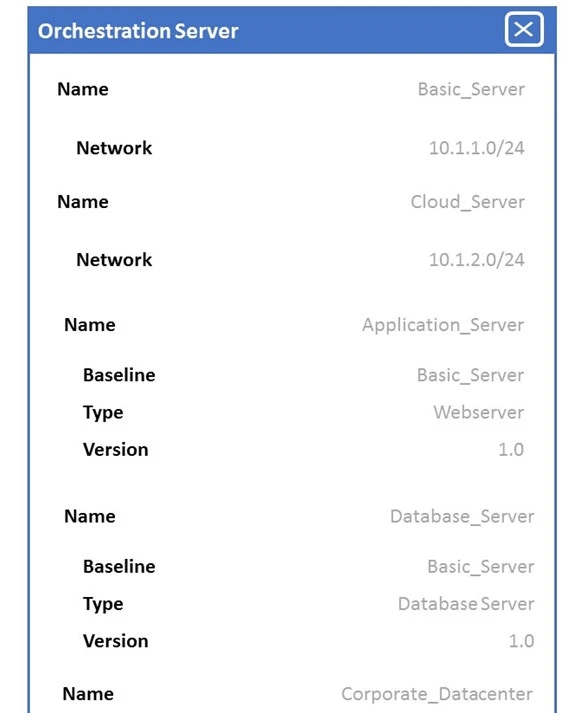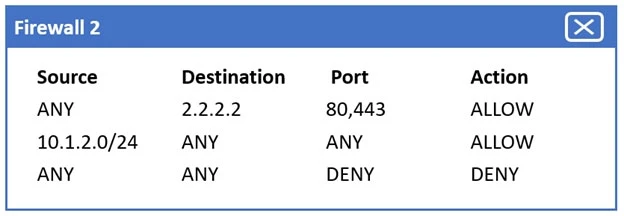CompTIA Cloud+
Here you have the best CompTIA CV0-003 practice exam questions
- You have 386 total questions to study from
- Each page has 5 questions, making a total of 78 pages
- You can navigate through the pages using the buttons at the bottom
- This questions were last updated on December 24, 2025
- This site is not affiliated with or endorsed by CompTIA.
